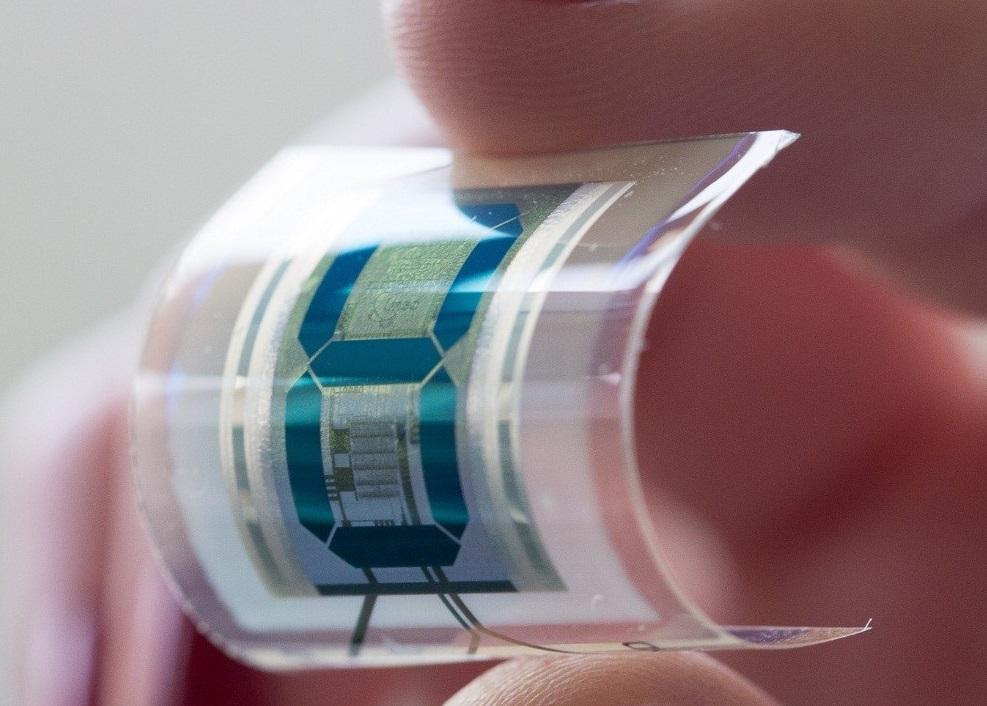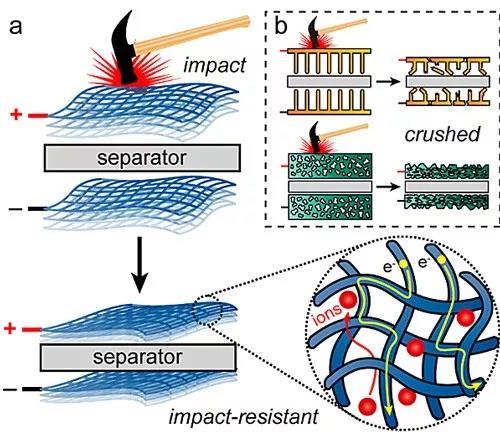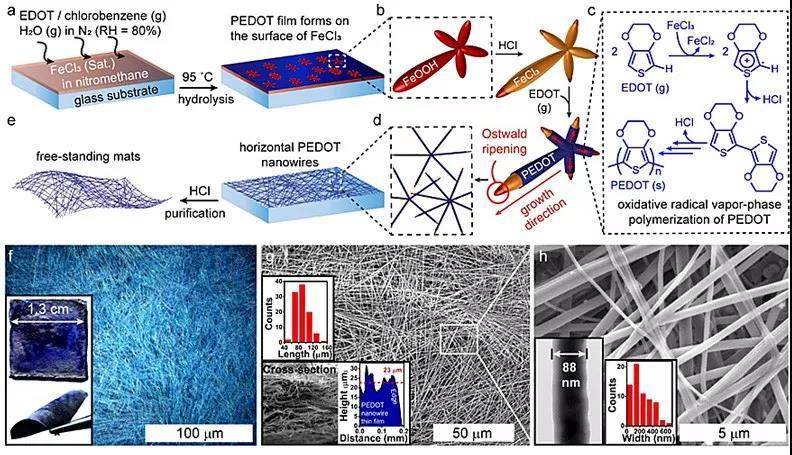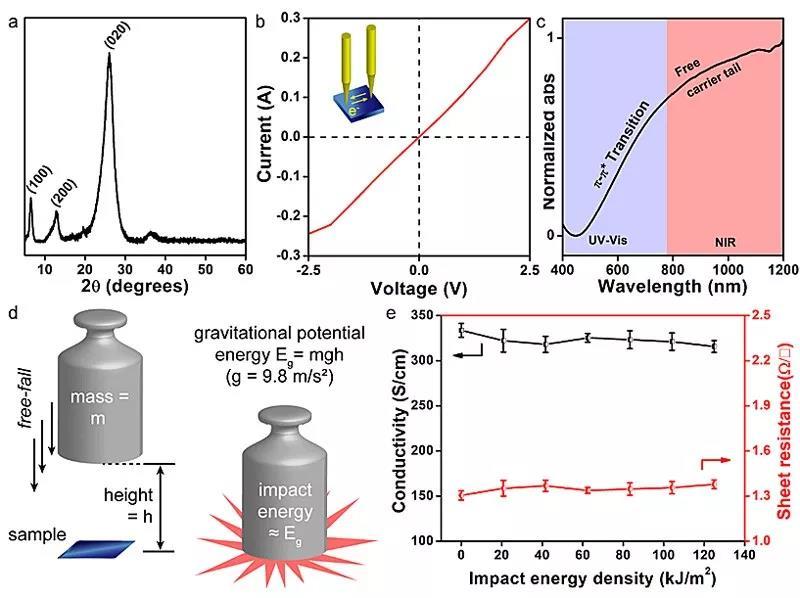In recent years, the concept of flexible electronic devices such as wearable devices, implantable devices, and smart electronic fabrics has been continuously proposed. In order to achieve high performance and high integration, existing electronic devices are mostly based on fragile micro-nano materials, which may cause material structure collapse and device failure during bending or collision. How to impart impact resistance to flexible devices remains a challenge. Existing impact strategies are based on the packaging process and encase the material in a hard, impact-resistant enclosure. However, this method makes the device less flexible and increases the manufacturing cost and increases the weight and volume of the device. Recently, the research team at Washington University in St. Louis proposed an "electrode nano-engineering" strategy, which demonstrated for the first time that the flexible nanoelectrode itself can be impact-resistant by selecting suitable materials and structures. The prepared impact-resistant nanoelectrode and its fabricated flexible device were maintained after receiving a physical impact of an energy density of 125 kJ/m2. In contrast, materials such as steel, wood and carbon fiber will break after being subjected to 50 kJ/m2, 14 kJ/m2 and 0.8 kJ/m2 respectively. Comparison of impact resistance between traditional nanoelectrodes and flexible nanomesh electrodes For the first time, the research team synthesized a nano-network of horizontally oriented poly(3,4-ethylenedioxythiophene) (PEDOT) nanofibers by crystal growth-induced self-weaving, in which the material itself is flexible and the level of nanostructures. Orientation is the key. It is worth mentioning that the high π-π interaction of the conjugated polymer chain increases the insoluble solubility. Previously, such conductive polymer nanowires were mostly prepared by electrospinning, and other polymers with higher processing properties were introduced. , reducing the electrochemical properties of the material. Self-woven synthesis mechanism and structural characterization of horizontally oriented PEDOT nanofiber web A unique liquid-gas phase mixed oxidation radical polymerization is used to synthesize a PEDOT nanomesh electrode with high conductivity and high specific capacitance in one step. The formed nanomesh has certain flexibility and is still subjected to an impact of 125 kJ/m2. The shape can be maintained intact and the conductivity is not significantly reduced. Crystallization, electrical conductivity and impact resistance of PEDOT nanofiber mesh electrodes The PEDOT nanomesh was used as an electrode for the manufacture of impact resistant flexible supercapacitors. Since nanoscale webs provide a large amount of specific surface area for storing charge, the resulting supercapacitors have higher energy density, power density, and specific capacitance than previous PEDOT-based flexible supercapacitors. Electrochemical performance and impact resistance of supercapacitors based on PEDOT nanofiber mesh The supercapacitor still works normally when it is bent from 0° to 150°, and can still be charged and discharged for more than 10,000 weeks after being subjected to an impact of 125 kJ/m2. After suffering 40 shocks of 125 kJ/m2, the specific capacitance decay is only 6%. Flexibility test based on horizontally oriented PEDOT nanofiber mesh supercapacitor Throw Blanket,Plush Fleece Blanket,Fleece Blanket Throw,Fleece Blanket With Embroidery Huaian Meisiyu Textiles Co.,Ltd , https://www.towelplant.com




